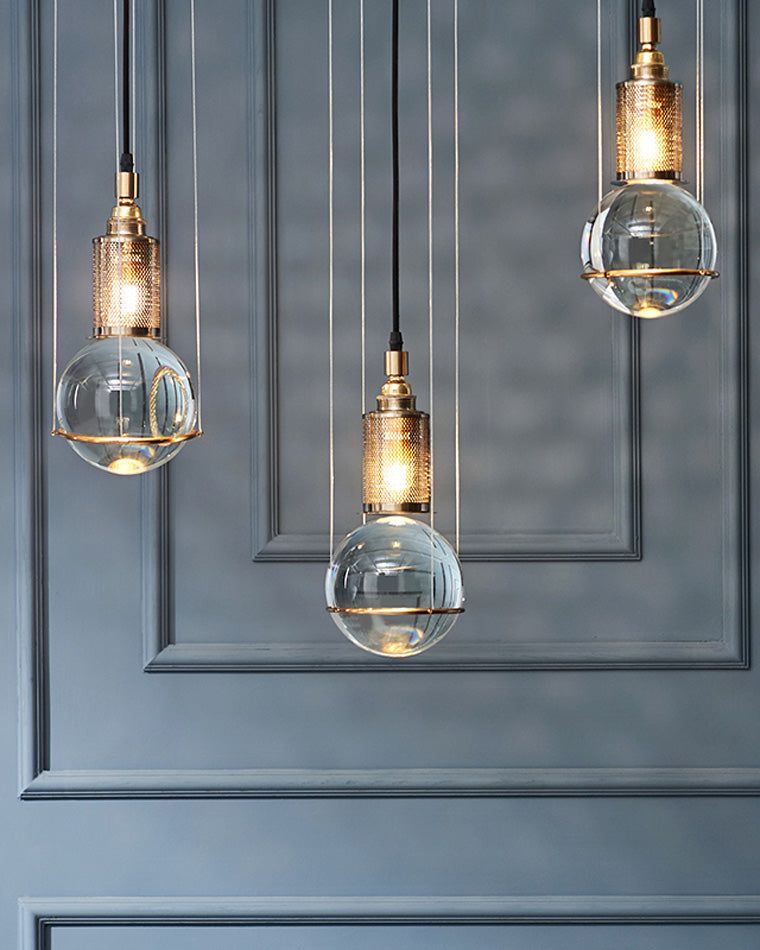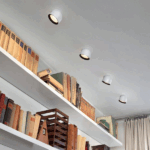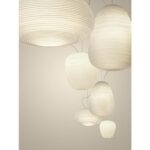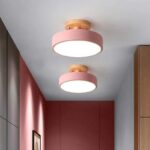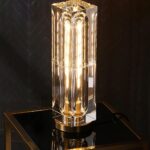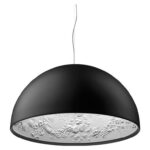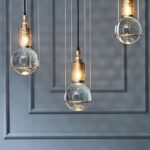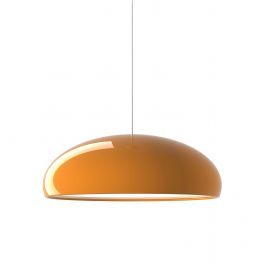
Halogen lamps are a type of incandescent light bulb that contain a small amount of halogen gas such as iodine or bromine. This gas helps to improve the efficiency and lifespan of the bulb by allowing the filament to operate at a higher temperature without burning out. This results in a brighter and whiter light output compared to traditional incandescent bulbs. Halogen lamps are commonly used in residential and commercial lighting applications for tasks requiring high levels of brightness and color rendering, such as in kitchens, workspaces, and outdoor lighting. They are available in a variety of shapes and sizes including PAR lamps, MR16 bulbs, and linear halogen tubes. While halogen lamps are more energy-efficient than traditional incandescent bulbs, they still consume more energy and produce more heat than LED or CFL alternatives. It is important to handle halogen lamps carefully as the bulbs can reach high temperatures during operation.
Halogen lamps have been a popular choice for lighting fixtures in homes and businesses for many years. These types of lamps are known for their bright and clear light output, making them a preferred option for tasks that require focused and detailed illumination. The unique design of halogen lamps allows them to produce a high level of brightness while consuming less energy compared to traditional incandescent bulbs.
One of the key benefits of halogen lamps is their long lifespan. This is due to the fact that the halogen gas inside the bulb helps to prevent the filament from deteriorating over time. As a result, halogen lamps can last for thousands of hours before needing to be replaced, making them a cost-effective lighting solution in the long run. Additionally, halogen lamps are capable of producing a warm and natural light that closely resembles natural sunlight, making them a popular choice for areas where natural light is lacking.
Despite their many advantages, halogen lamps also have some drawbacks to consider. One of the main drawbacks of halogen lamps is their heat output. Halogen lamps can become extremely hot during use, posing a burn risk if touched accidentally. Additionally, halogen lamps are not as energy-efficient as other types of lighting options, such as LED or CFL bulbs. This can result in higher energy costs over time, making them a less environmentally friendly option for those looking to reduce their carbon footprint.
In conclusion, halogen lamps are a popular lighting choice for their bright and clear light output, long lifespan, and natural light quality. However, they also come with some drawbacks, such as high heat output and lower energy efficiency. It’s essential to weigh the pros and cons of halogen lamps before deciding if they are the right lighting option for your needs.
 Decor ideas Style Starts Here
Decor ideas Style Starts Here
